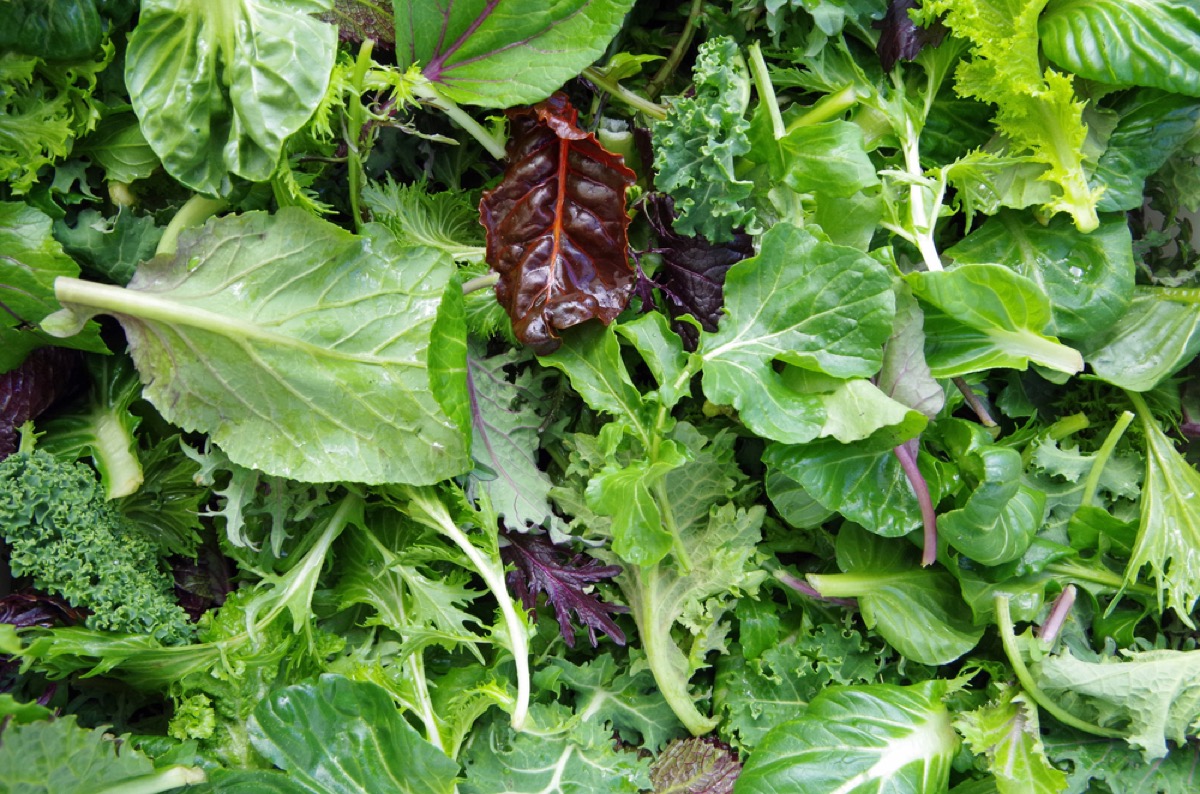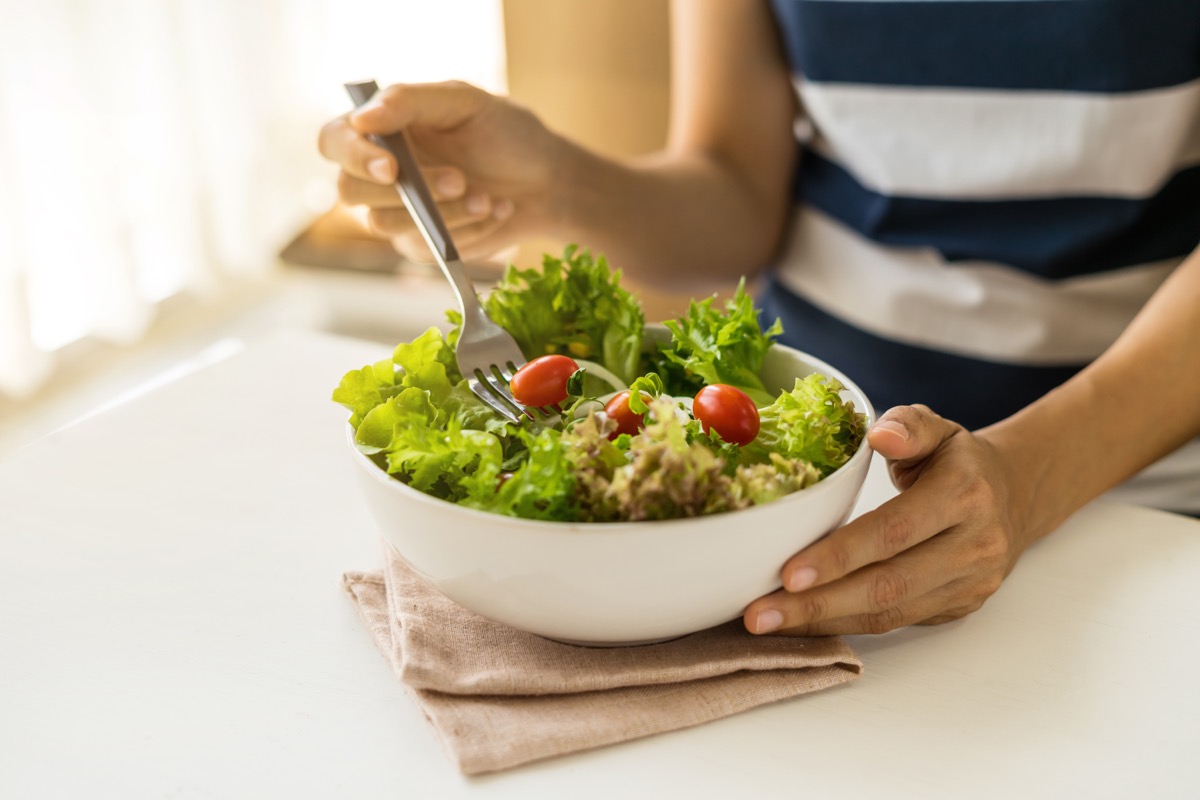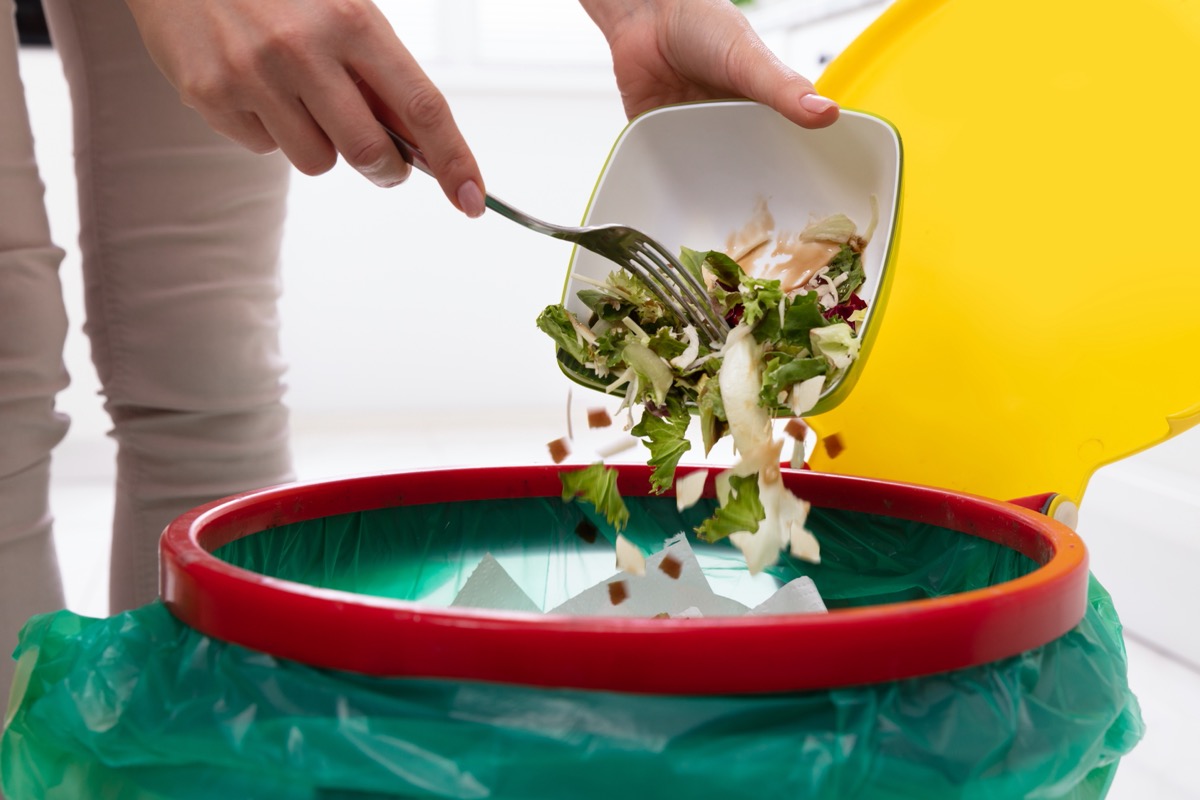According to the Centers for Disease Control and Prevention (CDC), a popular type of salad could pose a serious risk to your health at the moment, and the health authority is cautioning against eating it right now. Read on to discover if you should be getting rid of this popular food now. RELATED: If You Have This in Your Freezer, Throw It Out Immediately, USDA Warns. On July 15, the CDC issued a food safety alert after eight people in the U.S. became infected with Salmonella Typhimurium. The health authority determined that at least five of the individuals who became sick had purchased or consumed BrightFarms brand Sunny Crunch salad prior to falling ill. At the time the food safety alert was issued, there had been no hospitalizations and no deaths related to the outbreak. For the latest health and safety news delivered to your inbox, sign up for our daily newsletter! The eight individuals affected by the Salmonella Typhimurium outbreak live in Wisconsin and Illinois, but, in addition to being sold in those states, the BrightFarms brand Sunny Crunch salad was also distributed to stores in Iowa and Indiana, the CDC states. The initial source of the contamination was traced back to the BrightFarms facility in Rochelle, Illinois, where the salads were produced.ae0fcc31ae342fd3a1346ebb1f342fcb While the CDC has verified that the potentially-tainted salads were sold in those four states, the health authority notes that they may have been distributed elsewhere in the U.S., as well. The affected salads are packaged in plastic clamshell containers with the words “BrightFarms Sunny Crunch Salad” and “fresh from Rochelle, IL” printed on the packaging. To protect yourself against infection, “Consumers, restaurants, and retailers should not eat, sell, or serve BrightFarms Sunny Crunch Salad produced in Rochelle, IL,” the CDC states. However, throwing away the salad may not be enough to keep you safe due to the easy spread of salmonella. To limit your risk of becoming ill, the CDC recommends washing any surfaces that may have been in contact with the affected salad with hot soapy water, and doing the same for any items that may have touched the salad, or running them through a dishwasher cycle. The symptoms of salmonella infections, which usually include diarrhea, fever, and stomach cramps, typically begin between six hours and six days after coming into contact with contaminated food or surfaces. While, for most people, the illness typically resolves within a week without the need for medical treatment, that isn’t the case for everyone. Young children, people over the age of 65, and immunocompromised individuals are more likely to become seriously ill from salmonella. If you have eaten or come into contact with the salad and are feeling ill, contact a healthcare provider. RELATED: If You’re Eating This for Breakfast, Stop Immediately, Authorities Say.



